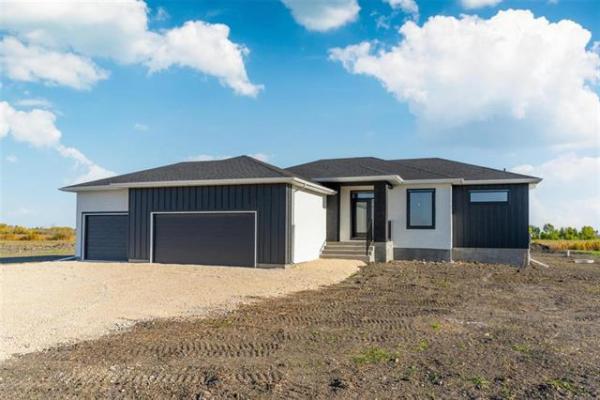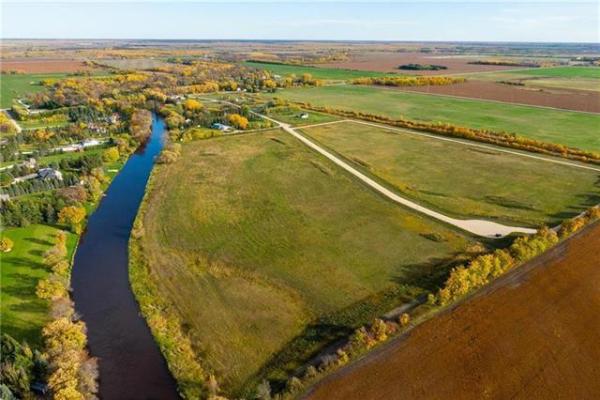I spoke to a client not long ago who asked me why yellow-leaved trees are not available in commercial tree nurseries. The person remarked on how beautiful they looked. I suppose that person got tired of looking at normal trees with their seasonal green leaves.
Green vegetation nourishes the atmosphere with oxygen, an extremely important product that relates to the survival of people, land animals, birds, and numerous other species essential to distinct ecosystems around the world. Plants with green leaves, as just about every child knows, provide us with oxygen. Yellow leaves on a tree or shrub that normally grows green leaves indicates a problem with that plant. The colour is seasonally premature. What is happening to that tree or shrub?
With each passing year, I see the premature yellow leaf issue increasing in frequency throughout my travels around Winnipeg and southern Manitoba. The most susceptible trees are silver maple, Swedish aspen, Tower poplar and Amur maple. On occasions I see this yellowing problem also developing on European mountain ash and white birch leaves. What’s happening?
The loamy-clay soils in many areas of southern Manitoba, especially near the Winnipeg region, have high alkalinity. That means they have high content of sodium, calcium and magnesium ions. Soil reaction in the environment is rated in part by the pH scale. Acidic soils have low pH, and alkaline soils have high pH. The reason the leaves of certain trees turn yellow, especially certain maples, is related to their susceptibility to stress when growing in high alkaline (pH) soils.
This condition is called chlorosis, and it is strongly related to the absence of sufficient iron oxides in many of our urban soils. These soils vary everywhere, which is why not all tree maples will have yellow leaves. There can also be a slight genetic difference in say one silver maple tree as compared to another silver maple growing nearby in very similar soils. Interestingly, the indigenous Manitoba maple is quite accustomed to growing on alkaline soils, so it would be very unusual for that tree to produce yellow leaves during the summer.
Can a larger, older maple that has been producing yellow leaves be treated to produce normal green leaves?
In my experience, making this transition is going to be very difficult, but not impossible. The process involves artificially supplementing the acidifying nutrients in the entire soil area where the maple feeding roots occur.
For example, a 22-metre-high tree growing in alkaline soil conditions will need to be treated with an acidifying fertilizer in about a 12 metre radius of a circular area extending from the base of the trunk in all directions.
This can be done by the property owner, but requires good knowledge of the application techniques and products involved. Having the work done by a licensed fertilizer applicator will guarantee much better results.
For large trees, often two, three or four continuous annual treatments will be necessary depending on the stress condition of the tree. For trees having numerous dead twigs and branches, the application of fertilizer may be too late. Appropriate diagnosis can determine if such treatments will be effective for highly-stressed maple trees.
Healthy maples can be beautiful trees in the landscape. In recent years, new maple tree introductions, such as Unity sugar maple and Freeman Autumn Blaze maple, have proven to be valuable additions to urban areas with their interesting fall colours. It may be early, but I have yet to see these trees develop signs of nutrient deficiencies.
Michael Allen M.Sc.F., RPF (ret’d) is a consulting urban forester, tree diagnostician and certified arborist. He owns Viburnum Tree Experts. He can be reached at 204-831-6503 or 204-223-7709. His website istreeexperts.mb.ca
viburnumtrees@shaw.ca




